Consider following data frame:
R
df1<-
data.frame(
ostan=rep( paste("ostan",1:3),each=12),
year=rep(c(2020,2021),each=6,len=36),
month=rep(c(1:3),each=2,len=36),
ENF=rep(letters[1:2],len=36),
Fo=1:36,
JA=36:1
,KH=c(1:12,12:1,21:32)
)
The variables "Fo", "JA" and "KH" are frequencies of some events. I want to calculate these frequencies for each values of variable "ENF" as follows:
Consider this is a test data! The real data have too many labels in "ENF" column. The output should be a data frame.

